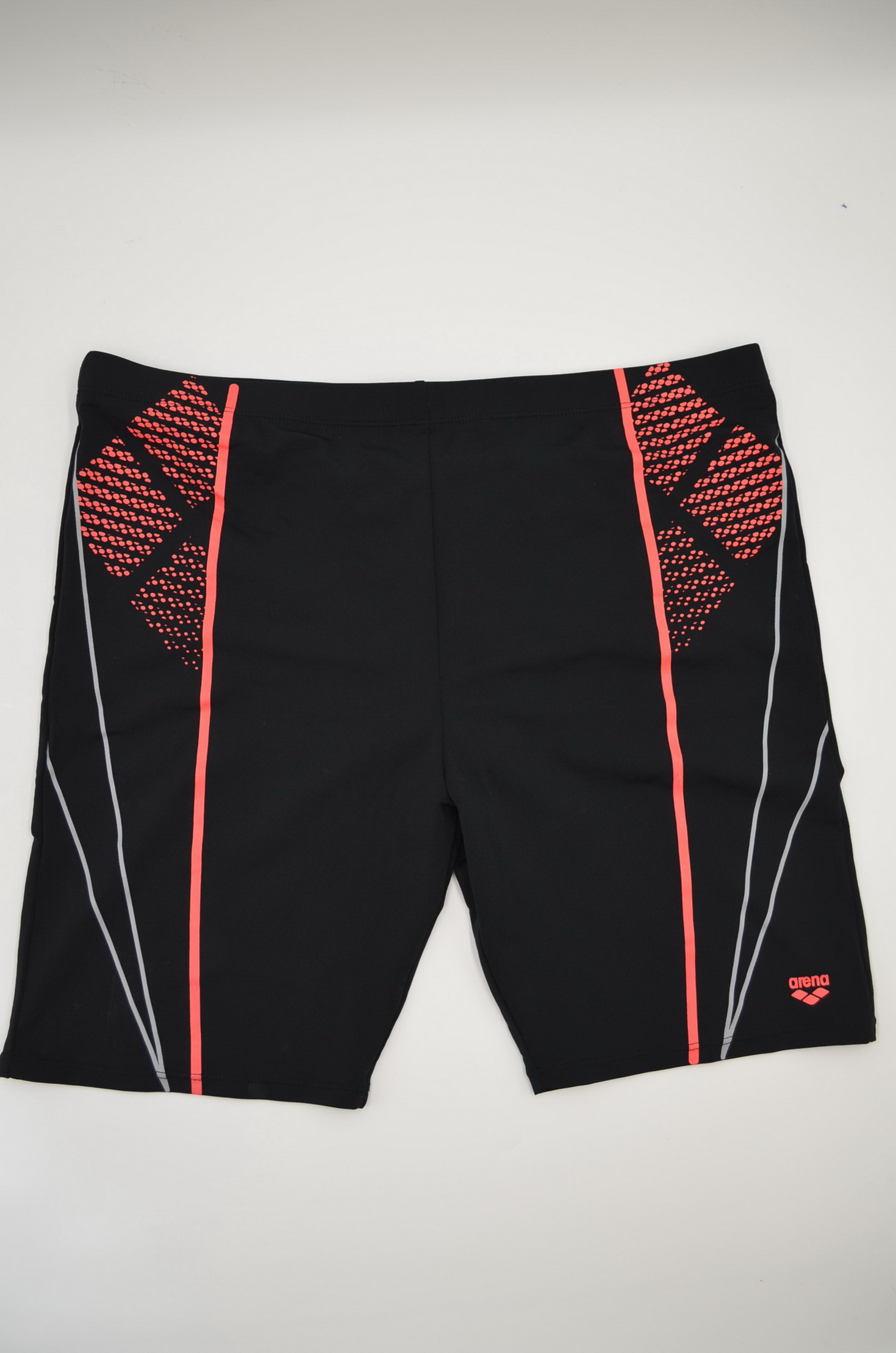
In the realm of aquatic sports and leisure activities, Mens Swimwear plays a pivotal role in performance and comfort. The diversity in materials and designs caters to various needs, from competitive swimming to casual beach outings. Understanding the differences in swimwear materials and how they affect performance across different activities is essential for making informed choices. This article delves into the intricate world of mens swimwear, exploring the nuances of materials used and their performance implications in various aquatic settings.
Materials Used in Mens Swimwear
The materials selected for mens swimwear are crucial determinants of functionality, durability, and comfort. These materials range from traditional natural fibers to advanced synthetic fabrics, each offering distinct advantages.
Natural Fibers
Natural fibers like cotton and wool were historically used in swimwear but have largely been replaced due to their water-retentive properties. Cotton, while breathable and comfortable when dry, absorbs a significant amount of water, leading to increased weight and drag in the water. This absorption can impede swimming efficiency and prolong drying times, making it less suitable for most aquatic activities.
Synthetic Fibers
Modern mens swimwear predominantly utilizes synthetic fibers such as nylon, polyester, spandex (elastane), and their blends. These materials offer superior characteristics like quick-drying capabilities, elasticity, and resistance to chlorine and UV rays. For instance, nylon provides excellent strength and abrasion resistance, while spandex imparts the necessary stretch for freedom of movement.
Performance Characteristics of Swimwear Materials
The choice of material directly impacts swimwear performance. Key characteristics such as durability, elasticity, water resistance, and UV protection are essential considerations for different aquatic activities.
Durability
Durability is critical, especially for swimmers who frequent chlorinated pools or saltwater environments. Chlorine can degrade fabrics over time, leading to loss of elasticity and color fading. Polyester blends are renowned for their chlorine resistance, maintaining integrity after prolonged exposure. This makes them ideal for competitive swimmers and regular pool users.
Elasticity
Elasticity ensures that swimwear fits snugly and moves with the body. Spandex is often incorporated for this purpose, providing stretch without sacrificing shape retention. A higher percentage of spandex increases flexibility but may reduce the garment's longevity due to spandex's susceptibility to chlorine degradation. Balancing spandex content is crucial for optimal performance and durability.
Water Resistance
Water-resistant properties reduce drag and improve swimmer efficiency. Hydrophobic materials or coatings cause water to bead off the fabric surface, minimizing absorption. This feature is particularly beneficial in competitive swimwear, where even minor reductions in drag can impact race outcomes. Technological advancements have led to the development of fabrics that mimic shark skin, enhancing water repellency and speed.
UV Protection
UV protection is essential for outdoor aquatic activities. Prolonged exposure to sunlight can lead to skin damage. Many swimwear fabrics now include UV-blocking properties, measured by the Ultraviolet Protection Factor (UPF) rating. A higher UPF rating indicates greater protection, which is vital for surfers, beachgoers, and swimmers spending extended periods in the sun.
Mens Swimwear for Different Activities
Different aquatic activities demand specific swimwear features to enhance performance and safety. Understanding these requirements helps in selecting the appropriate swimwear for each activity.
Competitive Swimming
Competitive swimmers require swimwear that reduces drag and allows a full range of motion. Suits are typically made from high-tech fabrics with compression features to streamline the body. Materials like polyurethane and advanced nylon-spandex blends are used for their hydrodynamic properties. Additionally, suits may have bonded seams and special coatings to further reduce water resistance.
Surfing
Surfers need swimwear that stays secure during dynamic movements and wipeouts. Boardshorts made from polyester or nylon with added spandex provide flexibility and quick-drying capabilities. Features like non-slip waistbands and reinforced stitching enhance durability and fit. The materials must withstand constant sun exposure, saltwater, and friction from the surfboard.
Diving
For diving, swimwear often includes thermal properties. Neoprene suits are common, providing insulation in colder waters. The thickness of the material varies depending on the water temperature. Neoprene is flexible yet durable, offering protection against abrasions and stings from marine life. The material's buoyancy also assists divers in maintaining depth control.
Casual Beachwear
Casual beachwear emphasizes comfort and style. Materials prioritize breathability and softness, with cotton blends and lightweight synthetics being popular choices. Quick-drying fabrics are advantageous for transitioning between swimming and beach activities. UV protection may also be a consideration for extended outdoor wear.
Impact of Design on Performance
Design elements such as cut, fit, and seam placement significantly affect swimwear performance. For example, a tighter fit reduces water entry and drag, enhancing speed for swimmers. Seamless or flatlock seams minimize skin irritation and further reduce drag. The choice between one-piece suits, trunks, jammers, or briefs depends on the activity and personal preference, each offering different coverage and support levels.
Care and Maintenance of Mens Swimwear
Proper care extends the lifespan of swimwear. Rinsing suits with fresh water after use removes chlorine, salt, and other harmful substances. Hand washing with mild detergents preserves fabric integrity, while avoiding wringing prevents distortion. Drying in the shade reduces UV degradation of the material. Understanding the specific care requirements for different materials ensures sustained performance and appearance.
Conclusion
Selecting the right Mens Swimwear involves considering the material properties and how they align with the intended aquatic activity. The advancements in fabric technology have expanded options, providing swimwear that enhances performance, comfort, and protection. By understanding these differences, individuals can make informed choices that suit their needs, whether for competitive sports, recreational activities, or leisure. Proper care and maintenance further ensure that the swimwear continues to perform optimally over time.




